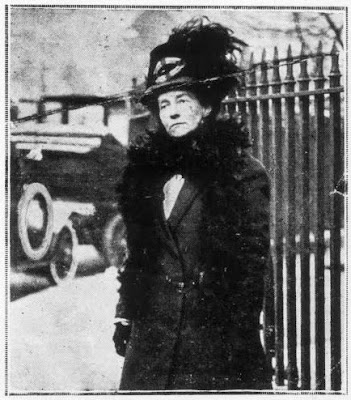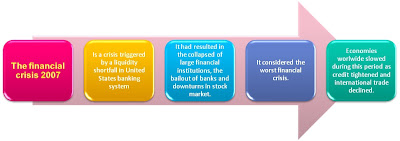2- Look for information about (a few words and lot of images please):
Bismarck
Prince Otto Eduard Leopold von Bismarck-Schönhausen Duke of Lauenburg ( April 1, 1815 –July 30,1898) was a very well known aristocrat and statesman of the 19th century in Europe. As Prime Minister of Prussia from 1862 to 1890, he was mainly responsible for unifying the many independent German countries and founding the German Empire in 1871. He became the first chancellor of the new Empire.
Bismarck was very conservative and he was strongly connected to the monarchy. He was not a big supporter of democracy. His most important goal was to make Prussia stronger and he achieved that through the unification of Germany. Bismarck tried to stop the socialist movement and to reduce the power of the Catholic Church. One way to stop socialism was to make the working class happy. He did that by introducing many social reforms like public health and accident insurance, as well as pensions for old people.


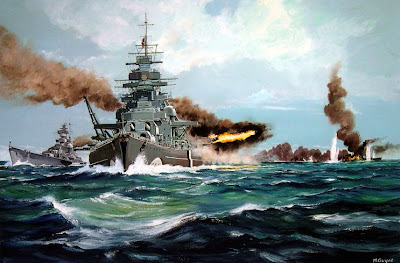
Livingston-Stanley.
David Livingstone (19 March 1813 – 1 May 1873) was a Scottish Congregationalist pioneer medical missionary with the London Missionary Society and explorer in Africa. His meeting with H.M Stanley gave rise to the popular quotation, "Dr. Livingstone, I presume?”.
His fame as an explorer helped drive forward the obsession with discovering the sources of the River Nile that formed the culmination of the classic period of European geographical discovery and colonial penetration of the African continent. At the same time his missionary travels, "disappearance" and death in Africa, and subsequent glorification as posthumous national hero in 1874 led to the founding of several major central African Christian missionary initiatives carried forward in the era of the European "Scramble for Africa”.
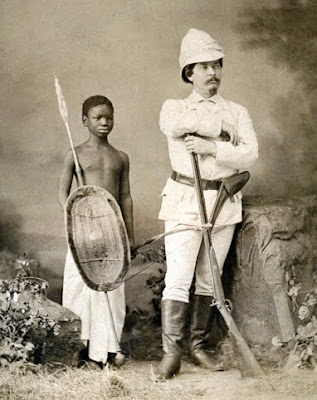


Suez Canal.
The Suez Canal is a canal in Egypt. It lies west of the Sinai Peninsula. The canal is 163 km long (101 miles) and, at its narrowest point, 300 m wide (984 ft). It runs between Port Said on the Mediterranean Sea and Suez on the Red Sea. It was built by a French company. The canal was started in 1858 and finished in 1869.
The canal allows boats/ships to travel from Europe to Asia without having to go the way around Africa. It was built to go from Egypt to the Indian Ocean.



3- Visit the page of British Lybrary that permit you to read old newspapers, select one, for example, The News of the world, and look for news about colonialism, for example in 1886. Choose one and write a brief comment (summarysing and explaining it).
- News of the world 1,918 December.
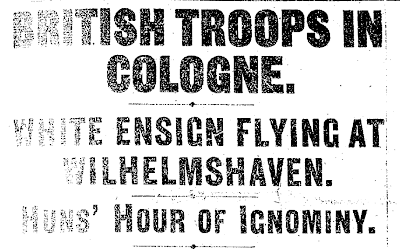

4- Listen this song, what are they talking about?
The song talks about Colonialism. One person make question for the place what was colonize and the conquering answer the things what he view in this place.


